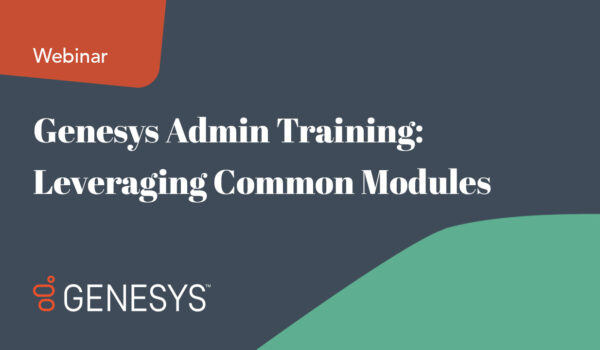
We are recognized for our deep product knowledge and Industry expertise and we love to share everything we know! Find the latest Press Releases, blogs, educational resources such as webinars, short videos, white papers.
Well obviously the best connection is a direct link to the SIP provider. This isn’t always (more often than not) a very economical solution for the small office. Low cost / high bandwidth Internet connections (DSL and cable) are very popular for our customers with 15 or less trunks. Keep in mind, these Internet connections are low cost for a reason. You are sharing the access to that Internet connection with your neighbors. This introduces a number of factors outside your control that can affect quality – the number of neighbors, their Internet usage, the quality of the cable or copper, etc. Again, most quality issues we see are usually found in “the last mile” or the connection between you and your Internet Service Provider (ISP). We’ve seen issues with low cost / high bandwidth Internet connections in about 2 out of 40 customers who chose this method of delivering SIP trunks. One customer reported an occasional “echo” and the other customer complained of severe quality issues. It turned out that the customer who complained of severe quality issues was generating a substantial amount of phone traffic as they were a call center. However, we never got a chance to ascertain the actual problem as the customer migrated away from SIP trunks back to traditional carrier services.
Again, we have MANY customers doing this with no issues – and they’re enjoying tremendous cost savings! As mentioned above in the Quality section, we usually recommend a dedicated low cost / high bandwidth connection used solely for the SIP trunks (usually customers over 5 trunks). Internet connections with a direct connection to the ISP can be a very good alternative (and more expensive) to higher-call volume customers. Connections such as fiber, T1, and MPLS all fall into this category. Note these connections are still “best effort” as the voice traffic still traverses the wide-open Internet. Also, you need to consider the amount of standard Internet traffic you’re generating. We haven’t seen any issues with fiber or Internet T1s.
We don’t recommend a wireless Internet connection. Unfortunately, the amount of packet loss and delay in these connection methods can severely affect quality.







